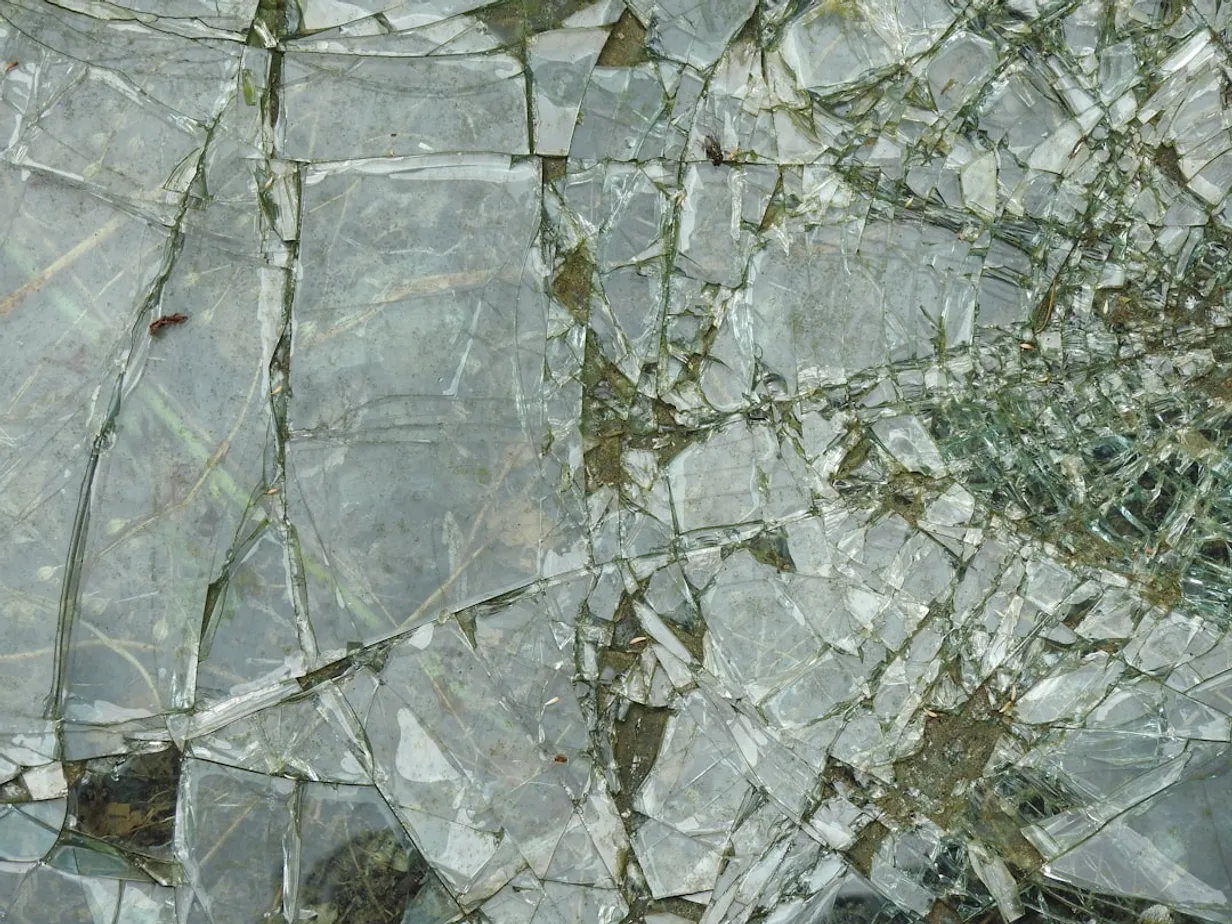Wabi-Sabi: Embracing Imperfection in Modern Interiors

Understanding Wabi-Sabi
Wabi-sabi is a Japanese aesthetic principle that highlights the beauty found in imperfection and transience. This approach to design embraces natural materials, organic shapes, and the passage of time, creating spaces that exude authenticity and calm.
The Origin of Wabi-Sabi
The concept of wabi-sabi finds its roots in Zen Buddhism, reflecting a reverence for simplicity and the natural cycle of growth and decay. It appreciates the 'incomplete and the fleeting' and values individuality in each piece.
Incorporating Wabi-Sabi into Interiors
Choose Natural Materials
Opting for materials like wood, stone, and clay highlights the raw and unrefined nature of spaces. These elements create textures and warmth, making the home feel inviting.
Embrace Imperfections
Celebrate flaws in furniture and decor. Patina on metals, cracks in ceramics, or worn textiles add character, reflecting the essence of wabi-sabi.
Minimalistic and Functional Design
Wabi-sabi encourages minimalism, focusing on the purpose and function of every piece. This approach reduces clutter and promotes mindful living.
The Aesthetic Appeal of Wabi-Sabi
This trend shifts the interior design narrative from perfection to beauty in authenticity. By emphasizing asymmetry and organic elements, spaces are uniquely personal and comforting.
Calming Color Palettes
Soft, muted tones such as earth browns, soft greens, and beige capture the serenity of nature and create a soothing environment.
The Benefits of Wabi-Sabi in Modern Living
Wabi-sabi enriches modern interiors by making them not just livable but deeply soulful. It calls for a conscious lifestyle where appreciation for the present moment is paramount.
Enhancing Mindfulness
Being in a wabi-sabi-inspired environment encourages mindfulness, as individuals are invited to live intentionally and appreciate the beauty in the mundane.
Popular Interior and Exterior Design Ideas
Check out our readers' favorite design ideas for both interior and exterior spaces. Explore top articles on transforming your home.

How to Build a DIY Coffee Table with Reclaimed Wood

The Modern Elegance of Art Deco in Today's Interiors

